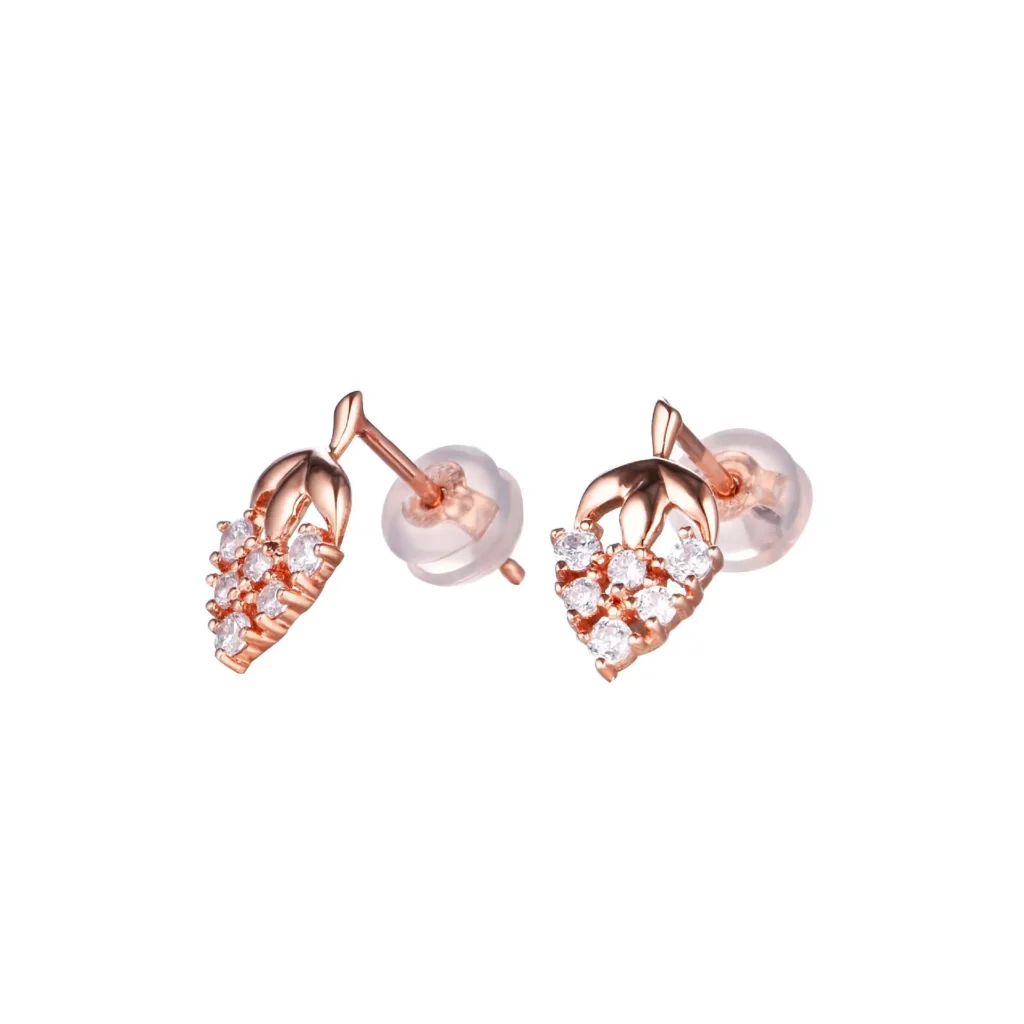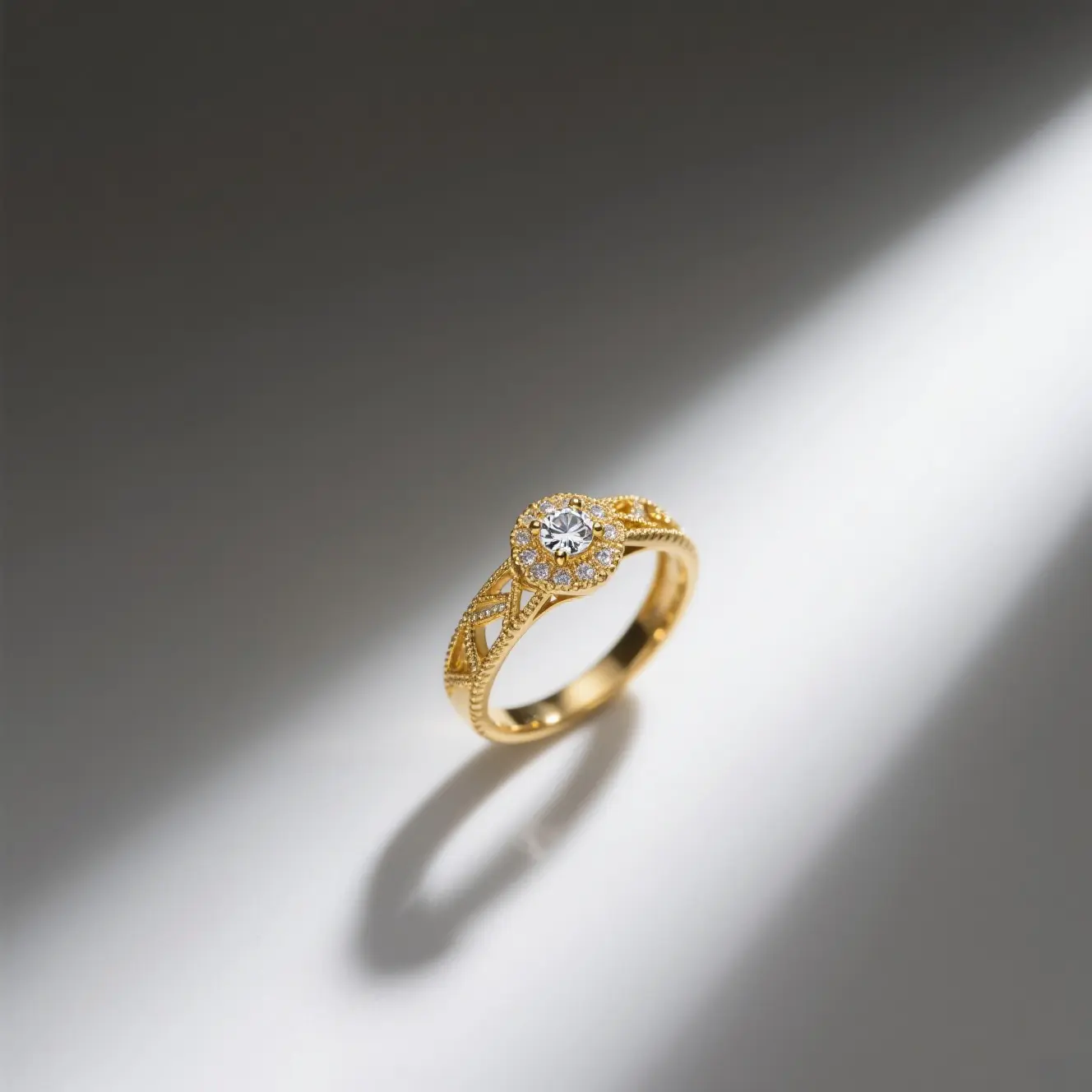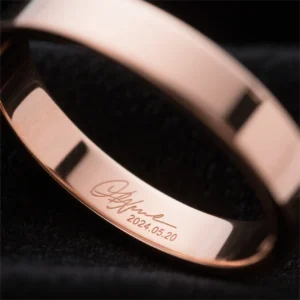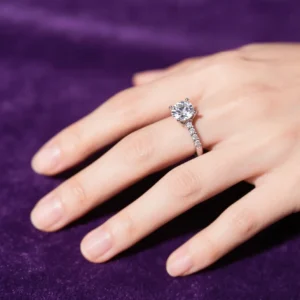Gold-toned jewelry dominates storefronts and social media feeds, but not all that glitters is crafted equally. Terms like gold-plated, gold-filled, and gold vermeil are frequently interchanged, yet their technical differences dictate how well pieces resist scratches, moisture, and everyday wear.
What is Gold Finished?
A gold finish is a broad term used to describe jewellery or accessories with a gold-coloured exterior that are not made of solid gold. It is applied to a base material, such as brass or stainless steel, via electroplating or similar methods. Although it is a cost-effective alternative to solid gold, it does not carry standardised regulations regarding gold content or plating durability, unlike more precise categorisations such as ‘gold vermeil’.

What is Gold Plated?
Gold-plated jewelry uses a process called electroplating to deposit a microscopic layer of gold over base metals, providing an attractive golden finish at an affordable price. It is typically applied to brass or copper cores, but the plating is often less than 2.5 microns thick, which limits its resilience. While visually appealing and budget-friendly, the plating can fade with daily wear, sweat, or cosmetics.
What is Gold Filled?
Gold-filled jewelry is made using a manufacturing process in which a thick layer of gold is permanently bonded to a base metal. Unlike the micro-thin coating of plating, gold-filled pieces meet strict standards comprising 5% of the total weight, ensuring the gold layer remains intact through years of use. This category offers a viable, affordable alternative to solid gold for frequently worn accessories, from a gold-filled necklace to earrings.
What is Gold Vermeil?
Gold vermeil jewelry is crafted by electroplating a thick layer of 14-carat gold or higher onto a sterling silver base. Standards stipulate a minimum gold thickness of 2.5 microns to ensure durability and a luxurious finish. This process combines the hypoallergenic properties of silver with the rich hue of gold, making gold vermeil ideal for those with sensitive skin.
What is Layered Gold?
‘Layered gold’ refers to jewelry where gold is applied in multiple layers over a base material, creating an affordable luxury. Unlike solid gold, these pieces use techniques such as electroplating, pressure bonding, or silver-based coatings to achieve a luxurious finish. Pieces in this category include gold-plated, gold-filled, and gold vermeil items. This approach makes golden aesthetics more accessible, offering options ranging from budget-friendly accents to premium vermeil designs.
What Does 14K Gold Filled Mean?
The 14-karat gold designation denotes an alloy comprising 58.3% pure gold, with additional metals (such as copper or silver) added to improve durability and workability. 14-karat gold-filled materials feature a substantial 14-karat gold layer that is pressure-bonded to a brass core and comprises at least 5% of the total weight. This method is more resilient than plated alternatives, resisting tarnish and wear for decades while offering a luxurious aesthetic at a fraction of the cost of solid gold, balancing enduring craftsmanship with accessibility.
Gold Vermeil vs Plated
Gold-plated jewelry uses a thin layer of gold (often <2.5µm) on base metals. This offers an affordable option, but the gold layer can wear off over time. By standard definition, gold vermeil requires 10 K+ gold plating of at least 2.5 µm on sterling silver, balancing cost-efficiency with resilience. Although both options appeal to price-conscious buyers, the higher standards of vermeil mitigate the risk of premature tarnishing or exposure of the base metal, justifying its premium positioning.
Gold Vermeil vs Gold Filled
Gold vermeil consists of a sterling silver core covered by a layer of 10K+ gold with a thickness of ≥2.5 µm, adhering to strict purity and plating depth regulations. By contrast, gold-filled items fuse a thicker gold sheath (making up ≥5% of the total weight) to a base metal such as brass via heat and/or pressure, offering superior durability. While vermeil is ideal for those seeking hypoallergenic luxury, gold-filled items are perfect for budget-conscious consumers who want heirloom-grade resilience.

How Long Does Gold Plated Last?
Gold-plated jewelry typically lasts 6 months to 2 years, depending on how often they are worn and how it is cared for. Thin plating (less than 1 µm) on areas of high friction (such as clasps and chains) degrades the fastest, whereas thicker applications (2.5 µm or more) on areas of low contact (such as earrings) may last 3–5 years. To delay tarnish, avoid sweat, cosmetics, and ultrasonic cleaners.
How Long Does Gold Vermeil Last?
The durability of gold vermeil ranges from two to seven years, depending on the gold’s purity (10K–24K), the plating’s depth, and how well it is maintained. Thicker layers (e.g., 3.5 µm 18 carat gold) on low-friction items such as earrings outlast thinner applications on rings. Although sterling silver’s hypoallergenic base delays tarnish, gold erosion is inevitable without meticulous care and reapplication every two to three years for high-wear items.
How Long Does Gold Filled Last?
With routine care, gold-filled jewellery typically lasts 15–30 years. Its industrial bonding prevents flaking and withstands showers, sweat, and moderate impact. However, high-contact areas such as clasps and chains may show wear after 5–7 years, in which case re-polishing will restore the finish. It resists delamination, though acidic skin or harsh chemicals may require re-polishing every 5–10 years.
The Takeaway
Understanding the nuances of gold finishes benefits both wearers and retailers. Wearers can avoid costly mistakes, such as wearing plated rings daily, while retailers can minimise disputes by communicating transparently. Knowledge of plating thickness, base metals, and care requirements ensures ethical sales practices. If you would like to find out more about our other products, please feel free to contact us.





